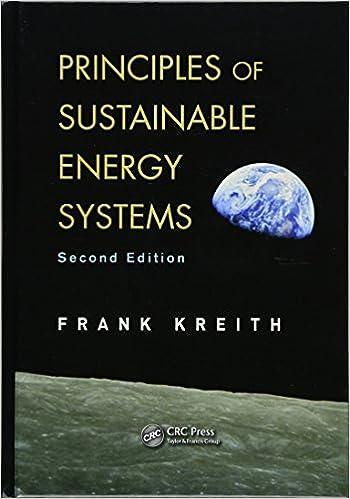In 2009, the administration of President Obama instituted a so-called Cash for Clunkers program. You are to
Question:
In 2009, the administration of President Obama instituted a so-called Cash for Clunkers program. You are to evaluate the effectiveness of the program, which was intended to stimulate the economy and reduce the import of oil. According to the program announcement, an average of \(\$ 4000\) per car in rebate was offered if a consumer brought in a "clunker" and exchanged it for a new car that would have a fuel efficiency equal to at least \(10 \mathrm{mi} / \mathrm{gal}\) better than the car they traded. The total amount of money allocated to the program was \(\$ 3\) billion.
a. What reduction in oil import per year, in terms of both barrels of oil and percentage of total import, was achieved by the program?
b. Assuming that imported oil cost \(\$ 55\) per barrel, how long did it take for the savings in import to equal the investment in the program?
c. The energy required to build a new car, called the embedded energy in car construction, has been estimated to be \(30,500 \mathrm{kWh} /\) car by Argonne National Laboratory [31]. The embedded energy is mostly coal and nuclear, while the energy saved by the improved efficiency is mostly imported over the life of the car. Estimate how many years it would take to recoup the energy invested in the construction of the car by the savings in energy from the improved mileage of the new vehicle.
d. What reduction in \(\mathrm{CO}_{2}\) generation did the program achieve?
Discuss the effectiveness of the program from an energy perspective and what changes in the program you would recommend to make it more effective.
Step by Step Answer:






